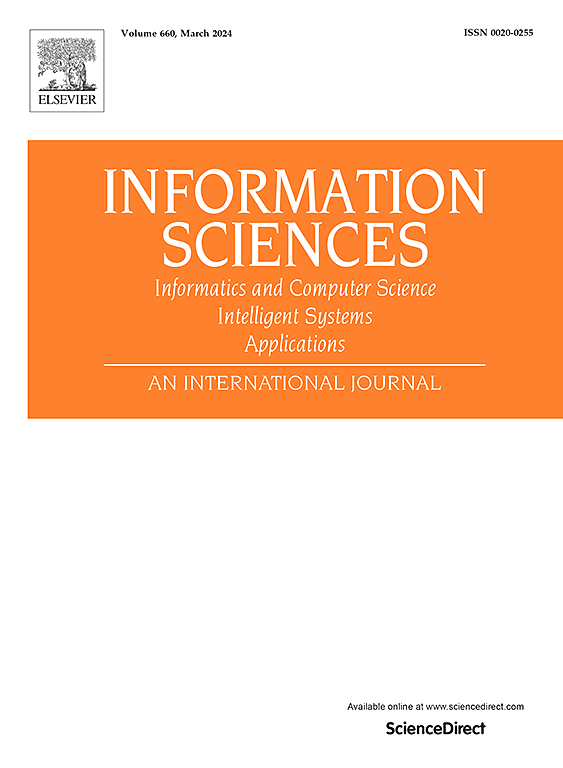An innovative approach to ensemble learning in bankruptcy prediction using support vector machines and meta fuzzy functions
IF 6.8
1区 计算机科学
0 COMPUTER SCIENCE, INFORMATION SYSTEMS
引用次数: 0
Abstract
The categorization of banks into successful and unsuccessful is essential for ensuring financial stability, effective risk management, and appropriate regulatory oversight. This study introduces a new ensemble modeling method for bank classification that combines meta fuzzy functions (MFFs) with support vector machines (SVMs). We predict bank status (failed or successful) by analyzing financial ratios, such as liquidity, profitability, and solvency metrics, using a dataset of Turkish commercial banks. Gaussian kernel-based SVMs, known for their strong classification performance, serve as the ensemble's base classifiers. Linear kernel SVMs are employed for comparison with previous studies. Because the data structure is a panel data, the proposed approach is compared with a single panel logistic regression model and a previously proposed ensemble approach. The results show that the MFF-based ensemble outperforms both baseline models, achieving an accuracy of [85.4%] and an AUC-ROC score of [87%]. This work demonstrates how ensemble learning using MFFs can enhance bank classification, providing a strong tool for financial analysts and policymakers in times of economic instability.
基于支持向量机和元模糊函数的破产预测集成学习的创新方法
将银行分为成功银行和不成功银行,对于确保金融稳定、有效的风险管理和适当的监管至关重要。提出了一种将元模糊函数(MFFs)与支持向量机(svm)相结合的银行分类集成建模新方法。我们使用土耳其商业银行的数据集,通过分析财务比率(如流动性、盈利能力和偿付能力指标)来预测银行状况(失败或成功)。基于高斯核的svm以其强大的分类性能而闻名,作为集成的基本分类器。采用线性核支持向量机与已有研究进行比较。由于数据结构是面板数据,因此将该方法与单面板逻辑回归模型和先前提出的集成方法进行了比较。结果表明,基于mff的集成优于两种基线模型,准确率达到[85.4%],AUC-ROC评分为[87%]。这项工作展示了使用MFFs的集成学习如何增强银行分类,为经济不稳定时期的金融分析师和政策制定者提供了强有力的工具。
本文章由计算机程序翻译,如有差异,请以英文原文为准。
求助全文
约1分钟内获得全文
求助全文
来源期刊

Information Sciences
工程技术-计算机:信息系统
CiteScore
14.00
自引率
17.30%
发文量
1322
审稿时长
10.4 months
期刊介绍:
Informatics and Computer Science Intelligent Systems Applications is an esteemed international journal that focuses on publishing original and creative research findings in the field of information sciences. We also feature a limited number of timely tutorial and surveying contributions.
Our journal aims to cater to a diverse audience, including researchers, developers, managers, strategic planners, graduate students, and anyone interested in staying up-to-date with cutting-edge research in information science, knowledge engineering, and intelligent systems. While readers are expected to share a common interest in information science, they come from varying backgrounds such as engineering, mathematics, statistics, physics, computer science, cell biology, molecular biology, management science, cognitive science, neurobiology, behavioral sciences, and biochemistry.
 求助内容:
求助内容: 应助结果提醒方式:
应助结果提醒方式:


